South African fashion retailer The Foschini Group has 563 stores across Australia, and its brands include Tarocash, Connor, and Johnny Bigg.
Foschini’s financial accounts show that its Australian sales fell by nearly 3% to $745 million in the year to 31 March 2025.
The company told investors and analysts that its Australian division is being impacted by factors such as low consumer confidence, high rents and wages, and a competitive fashion and apparel market.
“Consumer confidence remains low amid cost-of-living pressures and relatively high interest rates”, the company said in its presentation to South African investors and analysts.
“Cost of doing business pressures including award wage increases and rent”.
“TFG Australia continued to face difficult trading conditions with consumers under sustained cost-of-living pressure”, it said.
Country Road’s parent Woolworths Holdings recently expressed similar concerns, claiming Australia had been in a “retail recession” for 18 months.
The macroeconomic data tell the tale.
The Q1 2025 national accounts revealed that Australian real per capita home consumption had contracted for seven consecutive quarters on an annual basis, down 2.4% from its peak.
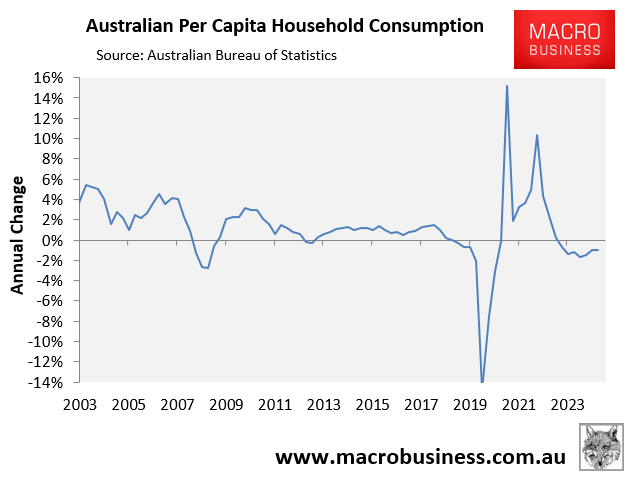
As illustrated below by Alex Joiner from IFM Investors, nominal retail sales growth has slumped to just 1.8% on a 6-month annualised basis in May.
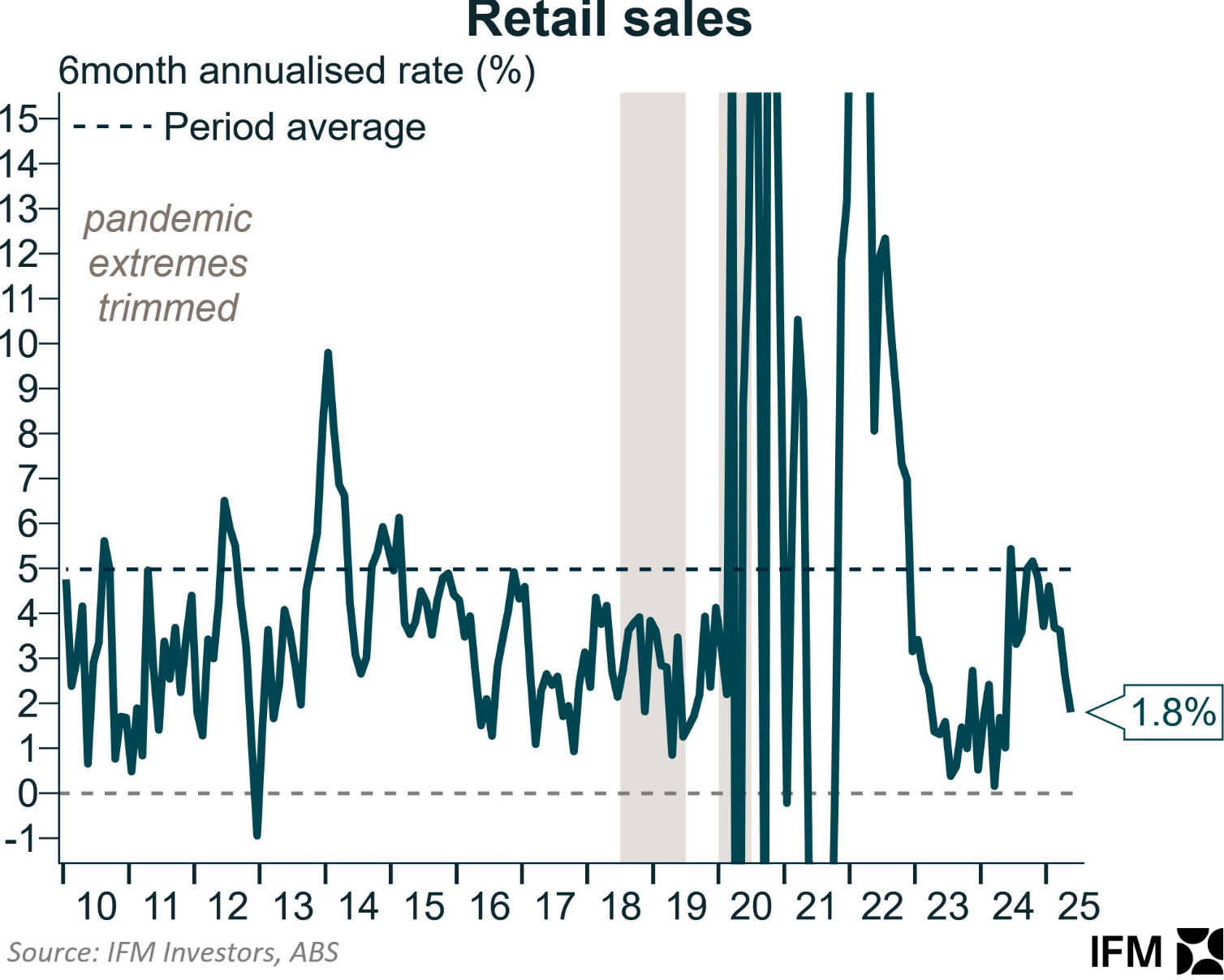
Meanwhile, the following chart from AMP Chief Economist Shane Oliver shows that while the annual growth in real inflation-adjusted retail sales and household spending picked up slightly in May, it remained at heavily depressed levels.
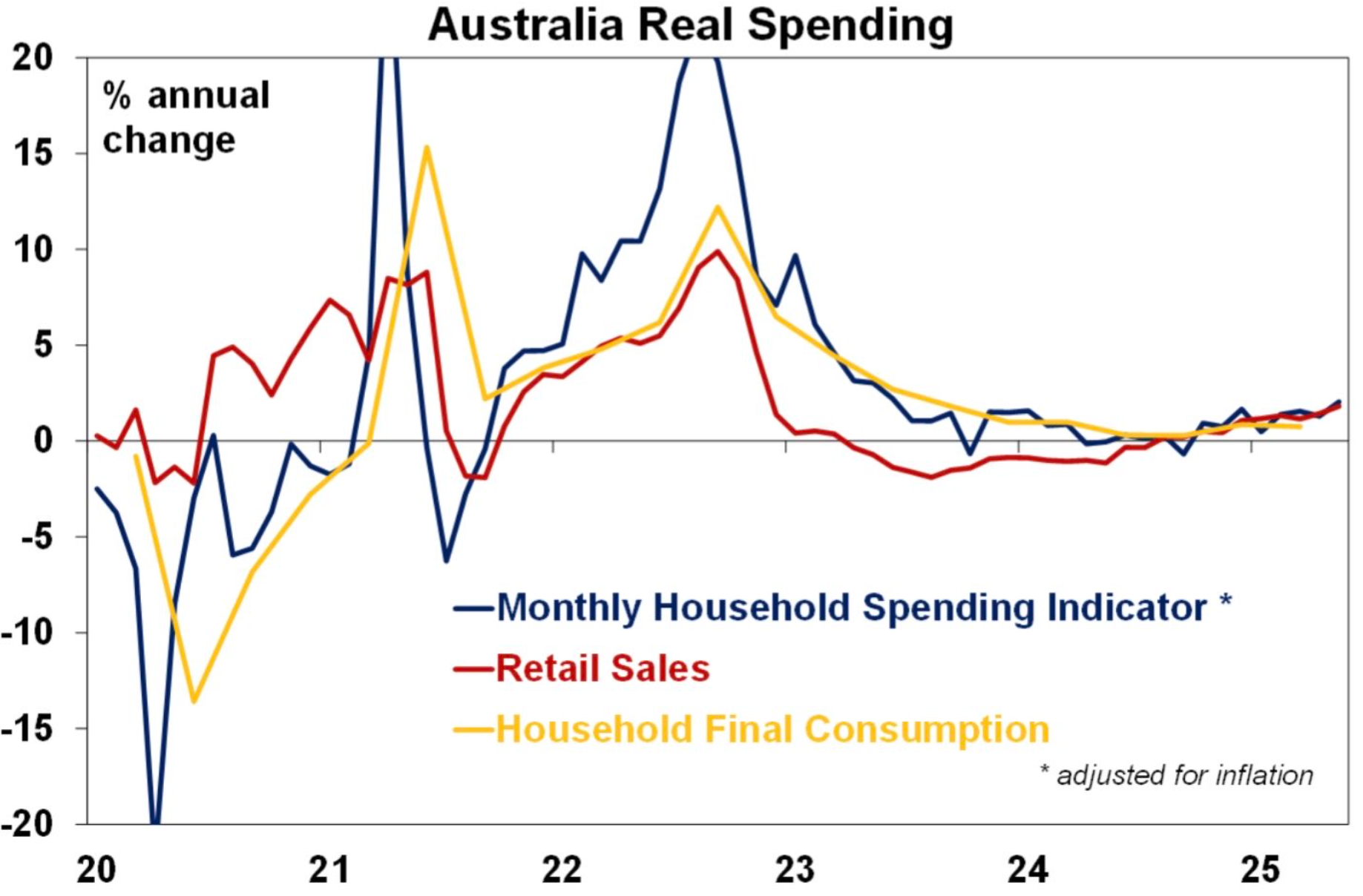
Real retail spending per capita has also fallen heavily from its mid-2022 peak.
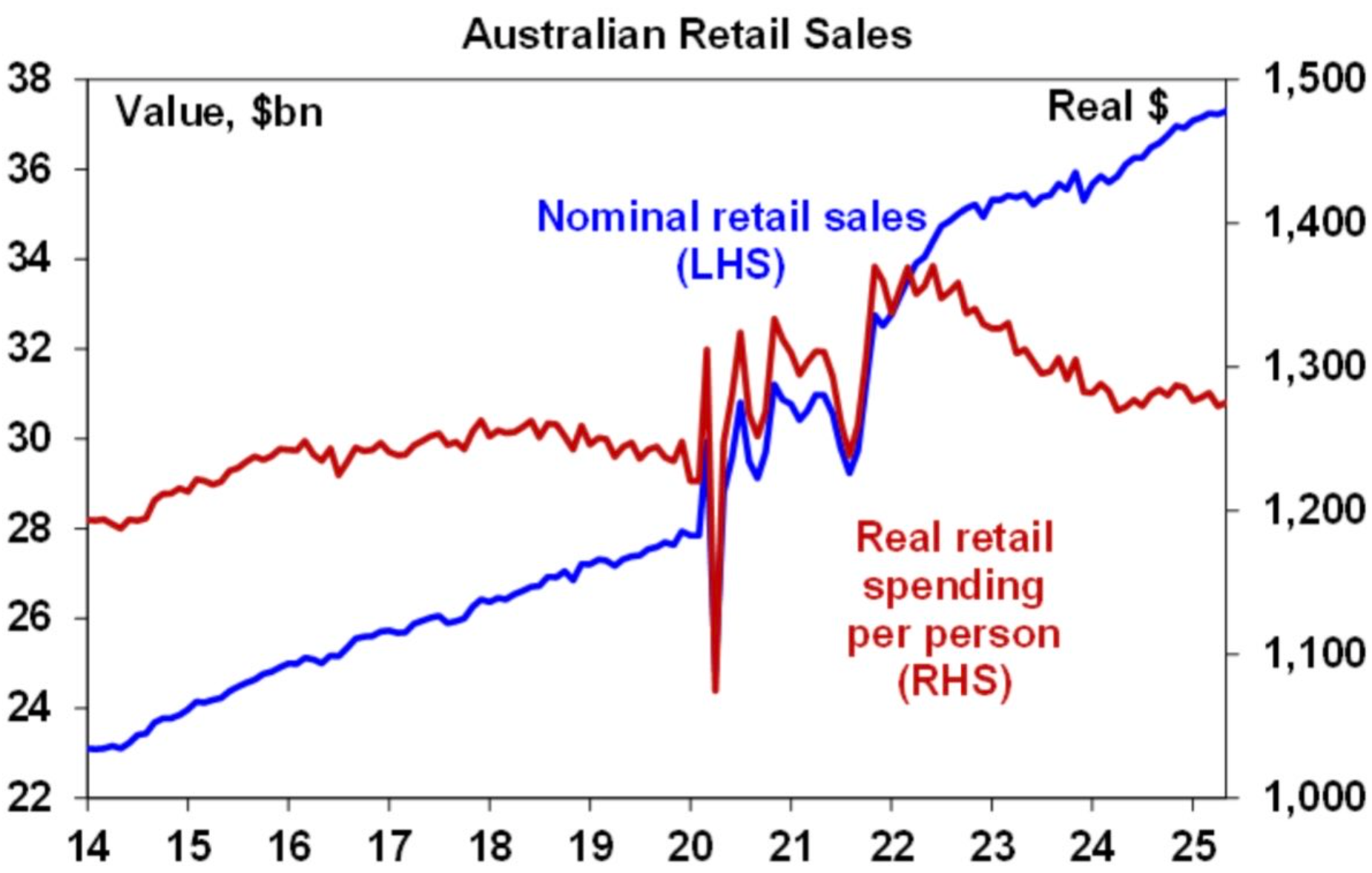
To add isult to injury, discretionary ‘brick-and-mortar’ retailers, like the ones mentioned above, are losing market share to online behemoths like Amazon, Temu, and Shein.
Amazon entered the Australian market in December 2017 and rapidly extended its footprint.
Amazon Prime provides competitive pricing and unparalleled convenience, with most items delivered free within 48 hours.
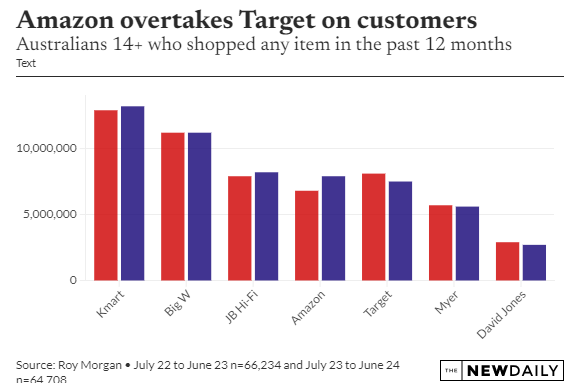
Amazon has indicated that it intends to expand its operations and delivery network in Australia, boosting competition for existing merchants.
Chinese behemoths Temu and Shein have also rapidly extended their presence in Australia, focusing on the lower end of the retail market.
According to Roy Morgan, 5.8 million Australians aged 14 and above used either platform last year, with roughly 80% of them making repeat purchases.
Meanwhile, filings lodged with the Australian Securities and Investments Commission (ASIC) revealed that fast-fashion retailer Shein had $1.23 billion in local sales in 2024. This compares to $979 million in the previous calendar year.
Shein’s Australian profits increased from $10.6 million to $15.2 million.
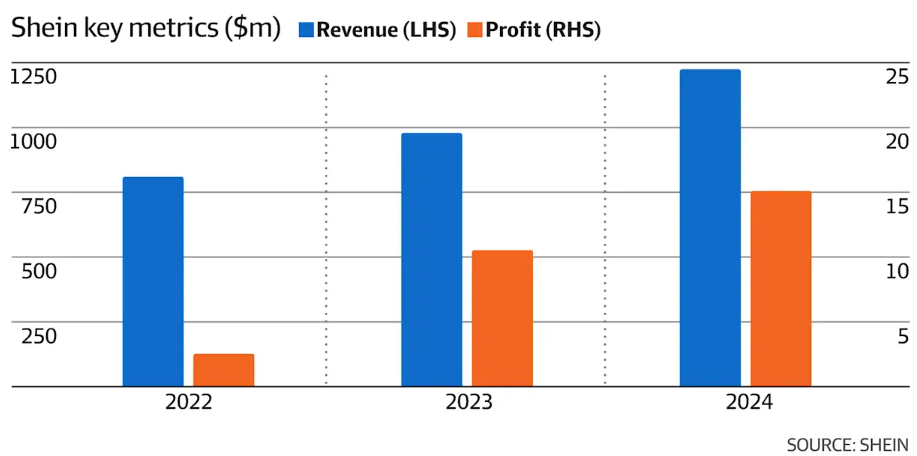
Ben Gilbert of Jarden Investment Bank warned that competition among retailers is intensifying as Shein and online rivals Amazon and Temu gain popularity.
Gilbert stated that buyers aged 18 to 34 shop online nearly twice as frequently as those older.
Weak consumer conditions and rising competition from online retailers are hurting traditional brick-and-mortar stores.

